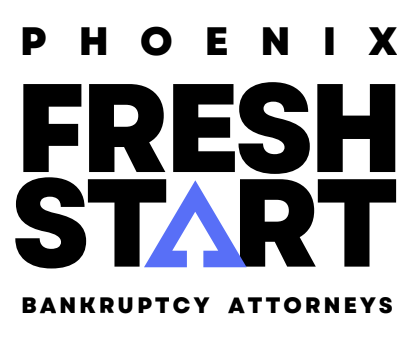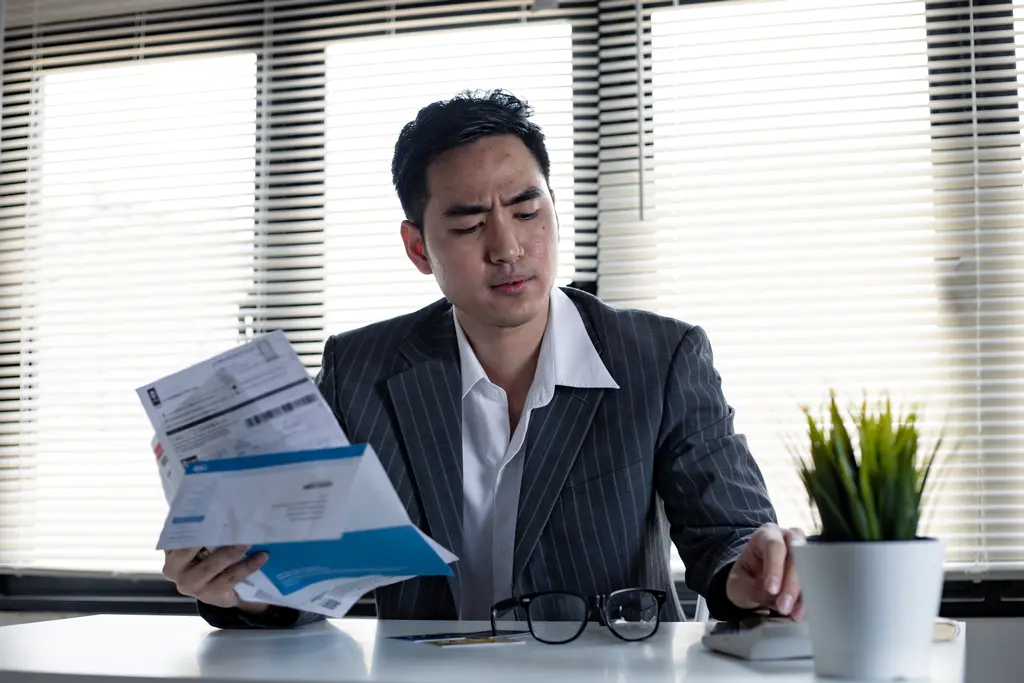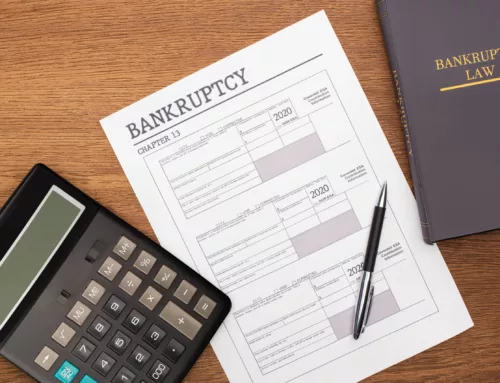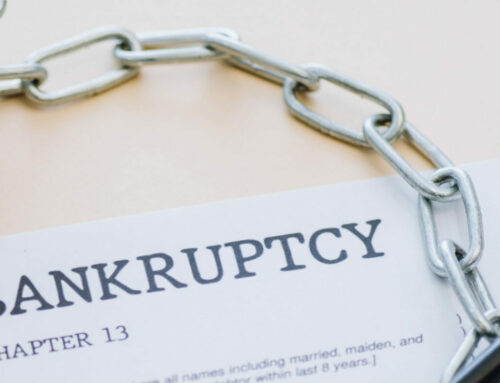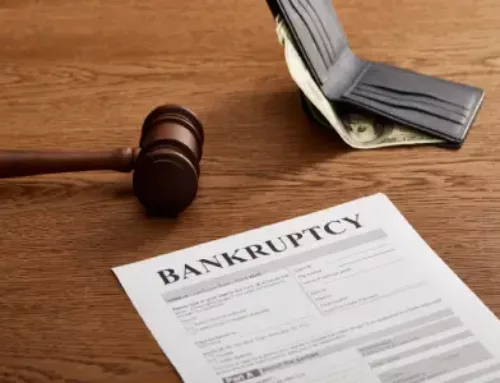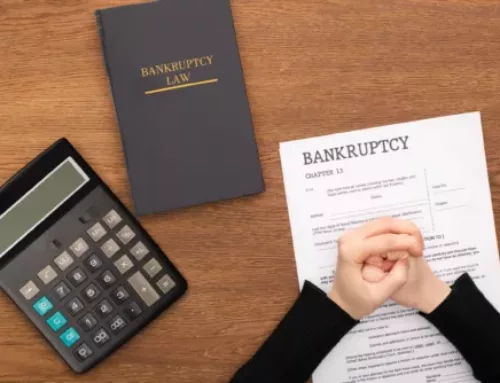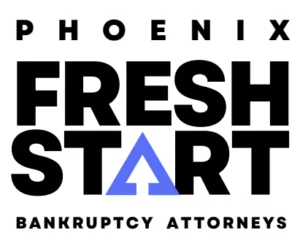Very broadly, a bankruptcy filing can help repay their debts. Additionally, it can help with debt settlement since the bankruptcy discharge can help wipe out certain unpaid debts after bankruptcy is filed. The bankruptcy protection provided by the automatic stay is also beneficial when dealing with debt problems and debt collectors.
People struggling with debt often look into filing for bankruptcy. However, solving financial problems through a bankruptcy case can be very difficult without any legal help. If you wish to learn more about how to file a petition in bankruptcy, it is advisable to consult early on with a trusted Phoenix bankruptcy attorney.
Different Types of Debt
A bankrupt individual should first get preliminary information on the basics of the bankruptcy code. Under relevant bankruptcy laws, filers must first take and pass a means test. Essentially, your eligibility to file bankruptcy will be based on your monthly income, living expenses, and other pertinent information in the paperwork that you will submit. The bankruptcy court will look if you meet certain qualifications before they process and, hopefully, approve your bankruptcy petition.
When you file for bankruptcy, you must be aware that the debts you need to pay off are not treated the same way. They will likely be tagged as either a secured debt or an unsecured debt.
Secured Debts
Secured debts, for one, are those that involve collateral. Home and car loans are the most common examples of secured debts. A debtor who fails to pay these will potentially lose their real or personal property, such as your home or car. To save your assets, you must prioritize paying these types of debts. Experienced Phoenix bankruptcy lawyers can explain this in more detail.
Unsecured Debts
Meanwhile, when it comes to unsecured debts, the creditor only holds into the commitment of the debtor to pay all that is owed. This typically includes credit card bills and medical bills.
Financially overwhelmed debtors rarely pay back unsecured debts, and these can generally be wiped out when filing bankruptcy. However, it is essential to keep in mind that although child support, alimony, and tax debt are also ‘unsecured,’ failure to pay these may result in wage garnishment, and the government may even seize your bank account.
The Different Types of Bankruptcy
The bankruptcy process can be challenging to comprehend, especially without legal help. When filing a bankruptcy petition, the chapter you will choose will also depend on your current circumstance and whether or not you meet the qualifications,, and whether you can fulfill a payment plan.
The two common types of consumer bankruptcy (in contrast to business bankruptcy) are Chapter 7 and 13.
Chapter 7 Bankruptcy
Bankruptcy filings under Chapter 7 are generally called liquidation bankruptcy. Under this bankruptcy form, the court can discharge your unsecured debt in a period of three to six months. When filing Chapter 7, your trustee will liquidate your assets and use the funds to pay debt collectors. This is one of the most crucial roles of a trustee in bankruptcy cases: managing the sales, distributing proceeds, and ensuring no interaction between the debtor and any lender involved. This will help avoid problems and mistakes within the bankruptcy proceeding.
Chapter 13 Bankuptcy
On the other hand, bankruptcy proceedings under Chapter 13 are often called a reorganization bankruptcy. If you have not been to pay secured debts but want to keep your properties, filing for bankruptcy under Chapter 13 could be the best option. This will help you stop foreclosure and wage garnishment. In this bankruptcy chapter, you shall reorganize your finances and negotiate for a debt repayment plan. Your bankruptcy trustee will process your payments to your creditors. This bankruptcy chapter usually lasts for three or five years. A Chapter 13 bankruptcy will eliminate any outstanding debt after you complete the repayment plan.
How Long a Bankruptcy Can Stay on Your Credit Report
It is essential to consider all your options before you decide to file for bankruptcy since it is a significant legal decision with certain consequences.
A Chapter 7 bankruptcy, for instance, can stay on your credit report for up to 10 years from the date of filing. This can bring about a negative impact on your ability to get credit. While you may still be able to take out a mortgage loan or open a credit card, you might have to pay a higher interest rate.
A completed Chapter 13 bankruptcy, meanwhile, can stay on your credit reports for up to 7 years from the filing date. However, certain creditors can look at a Chapter 13 bankruptcy more favorably than a Chapter 7 bankruptcy. It could be an indication that you repaid more of your debt.
Consult with an Experienced Phoenix Bankruptcy Attorney Today!
Effectively dealing with debt is not easy. Choosing the best bankruptcy chapter to file is necessary. To do so, you must first understand how debt relief works. Consult with an experienced Phoenix bankruptcy lawyer who can help you secure your financial future. Call our Arizona bankruptcy law firm, Phoenix Fresh Start, for legal help and assistance.
